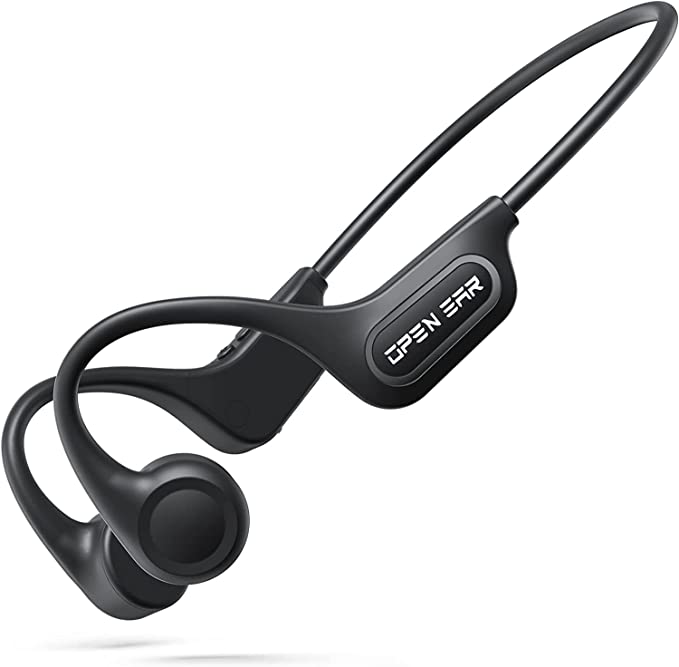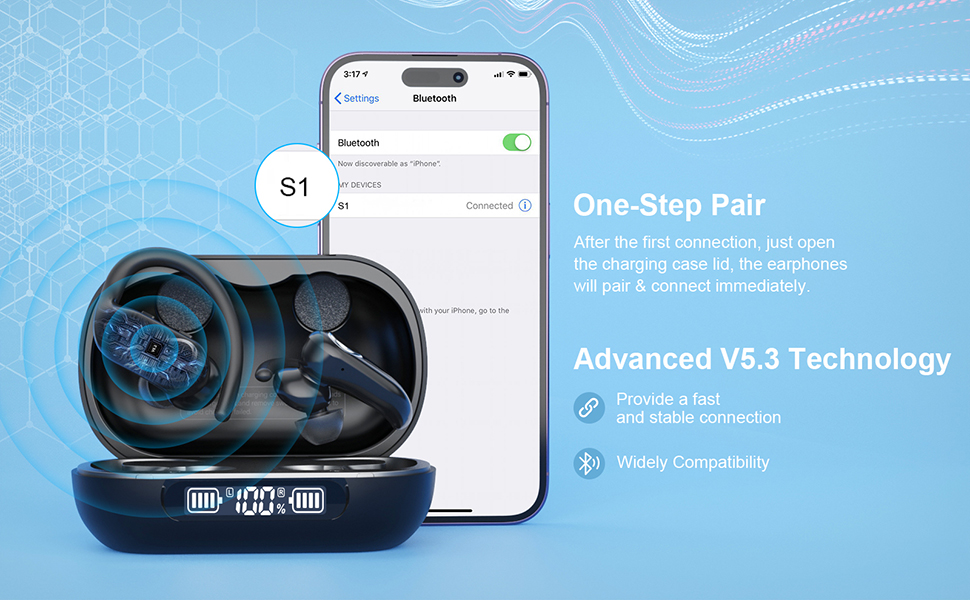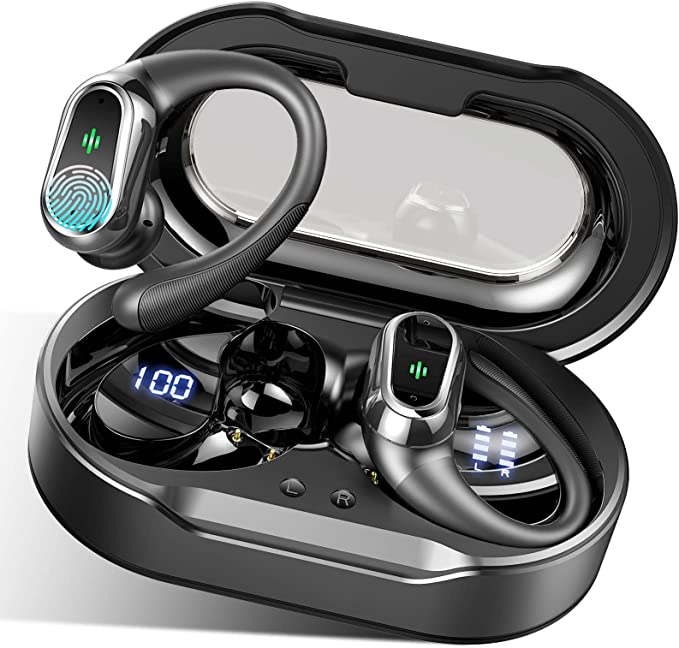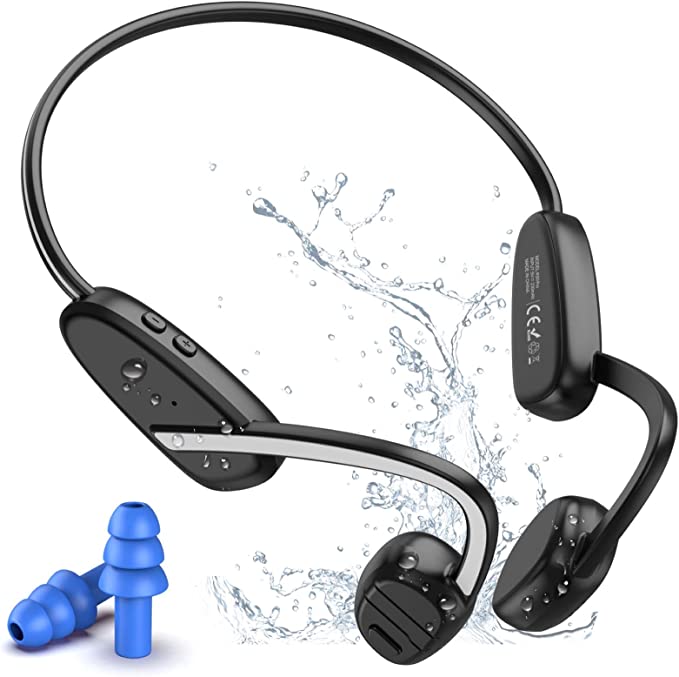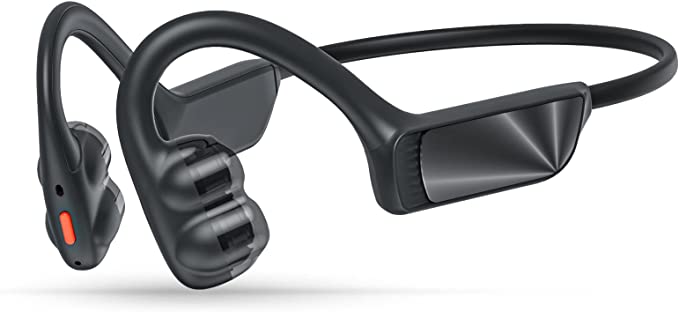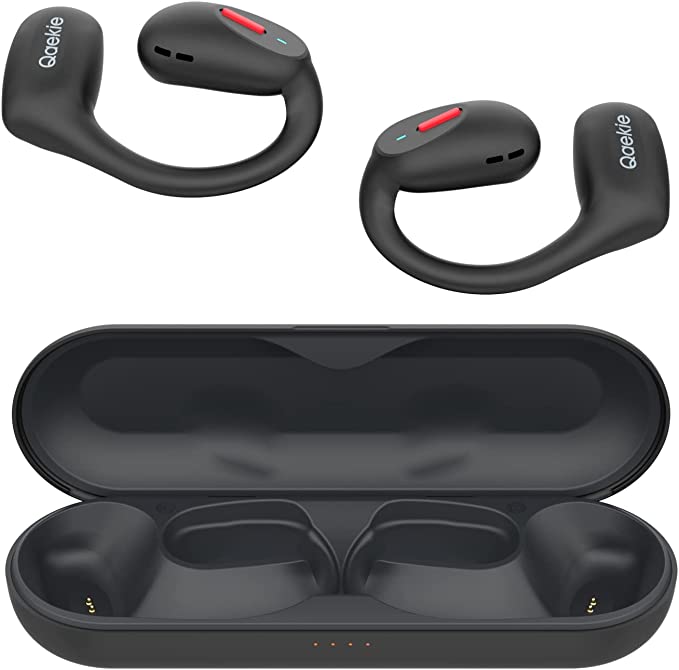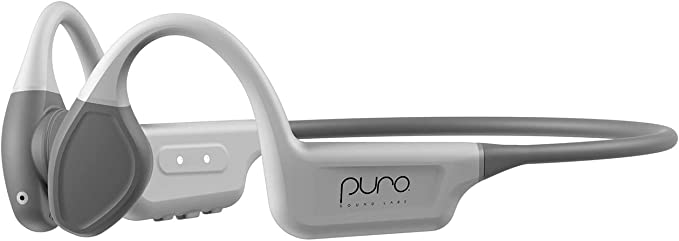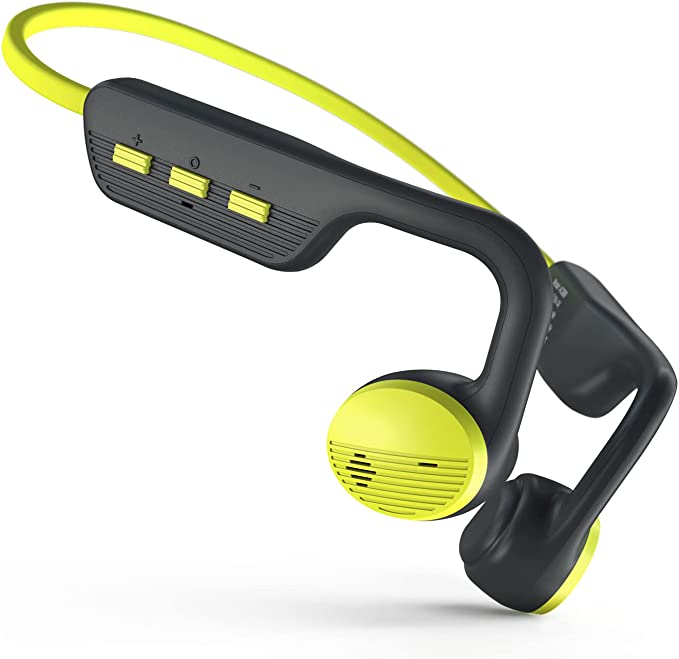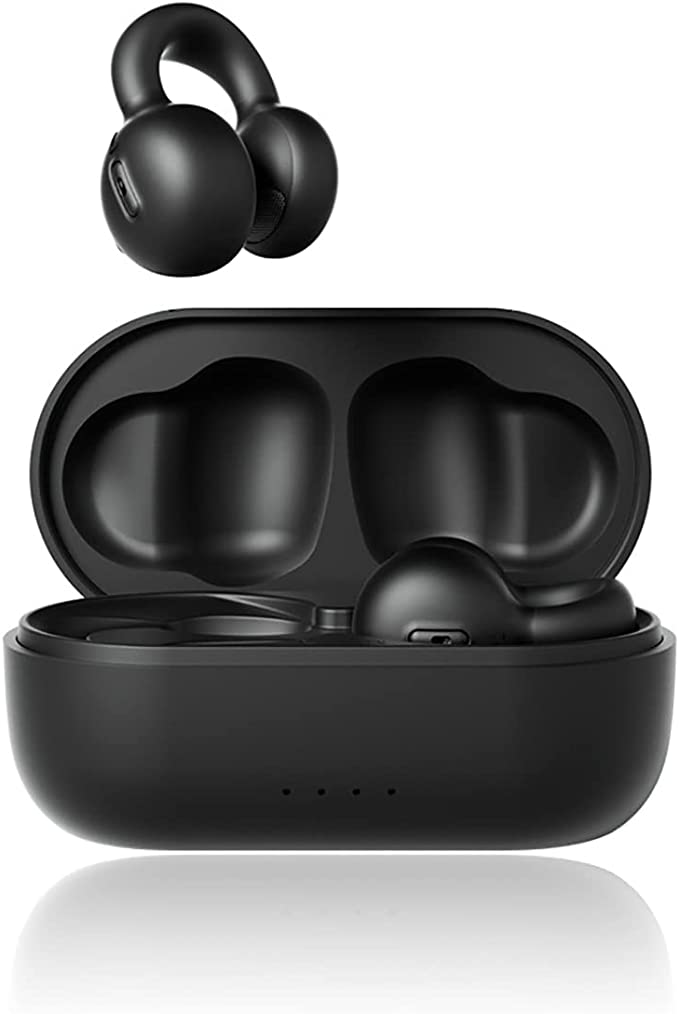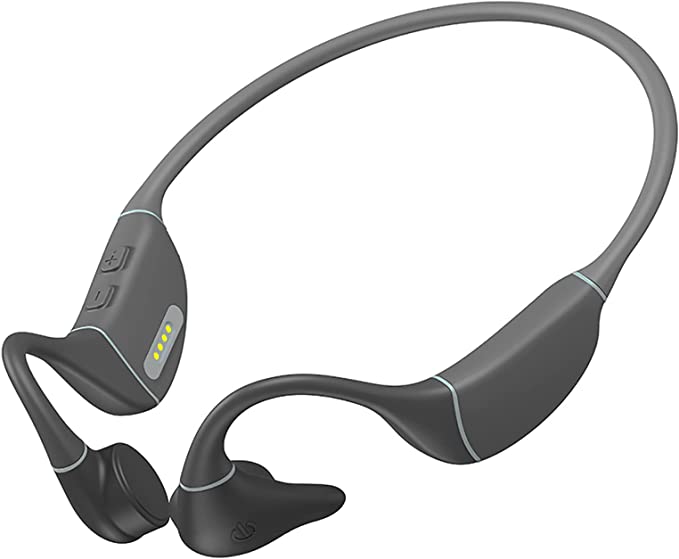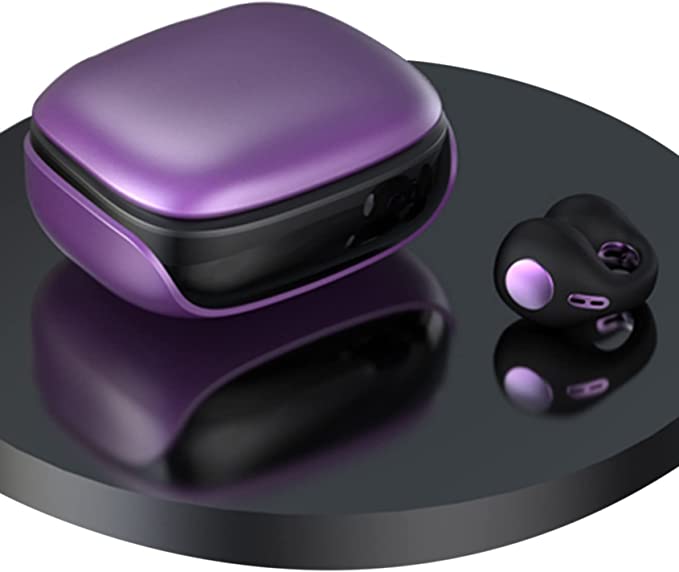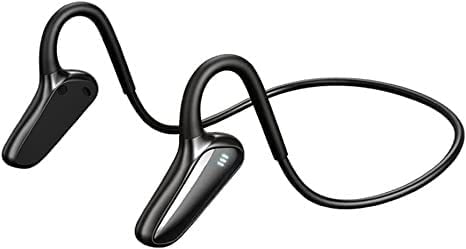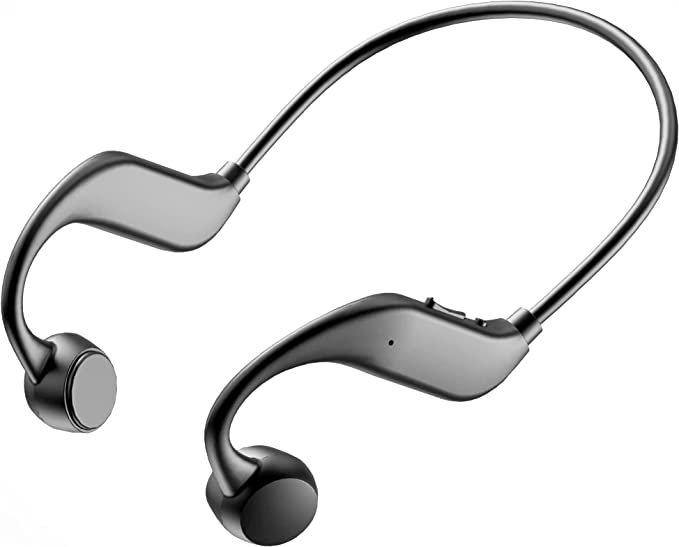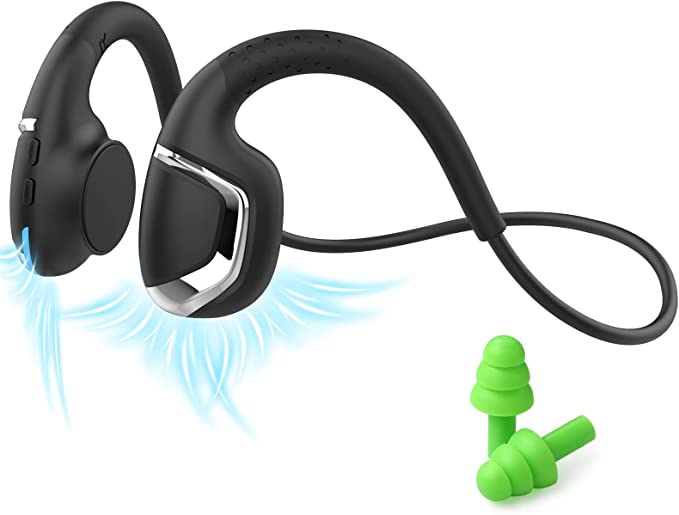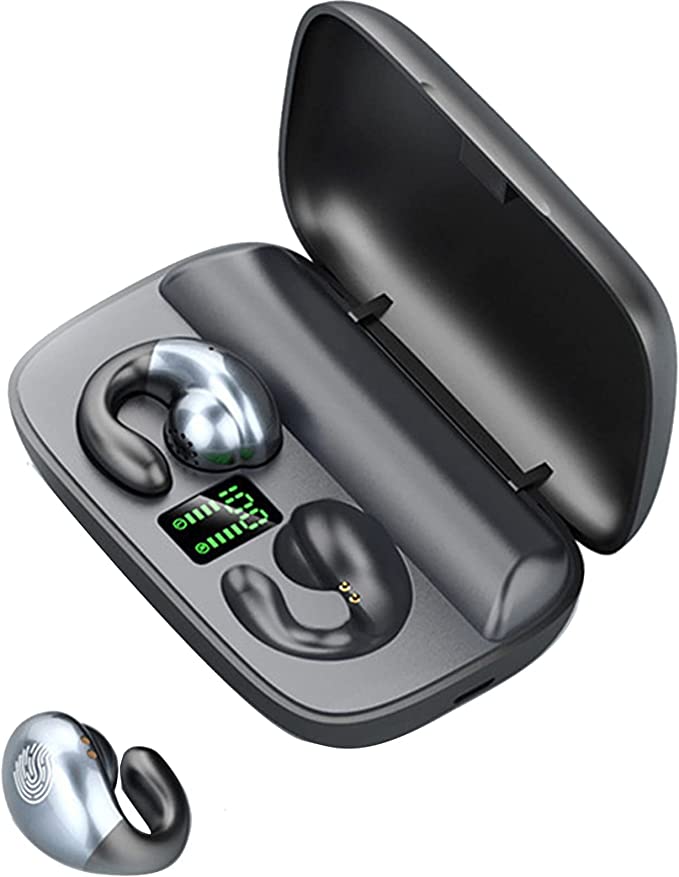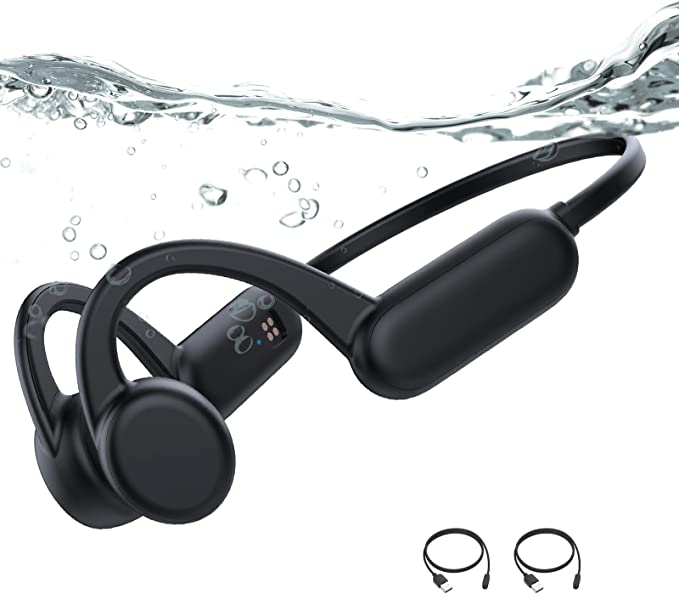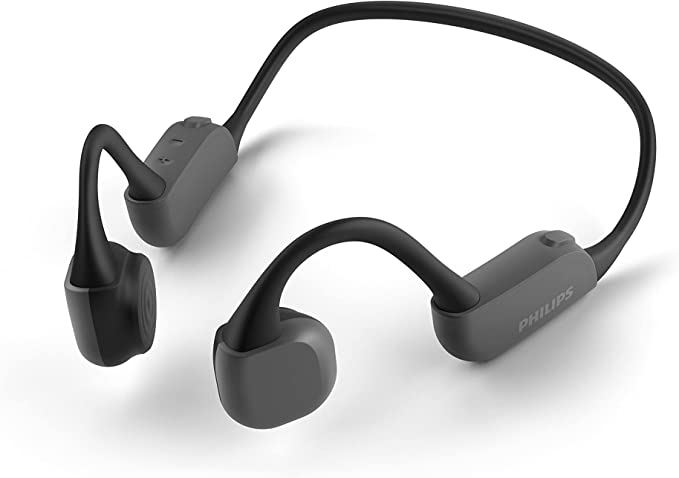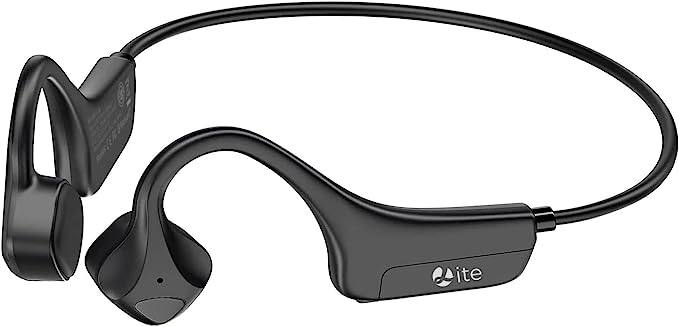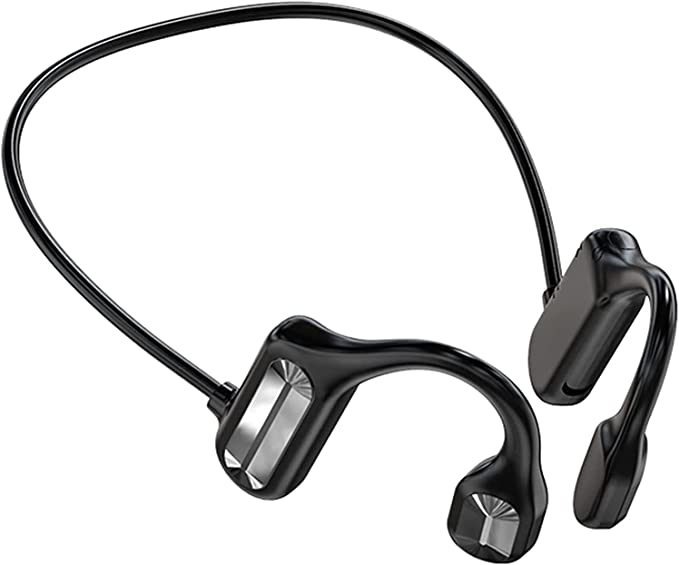RR SPORTS BS03 PLUS Bone Conduction Headphones: Stay Aware, Stay Active
Update on March 20, 2025, 1:58 p.m.
Have you ever considered that you can hear through your bones? It sounds like something out of science fiction, but it’s a very real phenomenon called bone conduction, and it’s changing the way we experience audio, especially when it comes to active lifestyles. This isn’t about replacing the way we normally hear, but offering a fascinating, and often safer, alternative.

How We Hear: Air vs. Bone
Most of the sounds we hear daily reach us through air conduction. Sound waves, which are essentially vibrations traveling through the air, enter our ear canals and cause our eardrums to vibrate. These vibrations are then passed through tiny bones in the middle ear (the famous hammer, anvil, and stirrup) to the cochlea, a fluid-filled, snail-shaped structure in the inner ear. Inside the cochlea, thousands of tiny hair cells convert these vibrations into electrical signals, which our brain interprets as sound.
Bone conduction, on the other hand, takes a different route. Instead of traveling through the ear canal and eardrum, the vibrations travel directly through the bones of your skull to the cochlea. Think of it like this: if you tap your finger on a table, you hear the sound through the air. But if you put your ear against the table and tap again, you’ll hear the sound much more intensely, and in a slightly different way. That’s bone conduction in action! The vibrations are traveling through the solid table, bypassing the air.

Beethoven’s Bite: A Historical Glimpse
One of the most famous, albeit slightly romanticized, examples of bone conduction involves the legendary composer Ludwig van Beethoven. As he gradually lost his hearing, he reportedly found a way to “hear” his piano by biting down on a metal rod attached to the instrument. The vibrations from the piano strings would travel through the rod, through his jawbone, and directly to his inner ear, allowing him to perceive the sound, even though his eardrums were no longer functioning properly. This wasn’t bone conduction as we know it today, with sophisticated transducers, but it demonstrates the basic principle.
Bone Conduction: The Science of Skull Vibrations
Modern bone conduction headphones use small transducers that rest against your cheekbones, just in front of your ears. These transducers convert electrical signals (from your music player or phone) into mechanical vibrations. These vibrations are then transmitted through your skull bones directly to your cochlea, stimulating the hair cells and producing the sensation of sound.
It’s important to note that bone conduction doesn’t completely “bypass” the eardrum. Some sound energy may still reach the eardrum, especially at higher volumes. However, the primary pathway is through the bone, offering a distinct listening experience. It also stimulates a slightly different part of cochlea.
Beyond Headphones: Bone Conduction in the Real World
Bone conduction isn’t just a gimmick for headphones. It has several important real-world applications:
- Hearing Aids: For individuals with certain types of hearing loss, particularly conductive hearing loss (where the problem lies in the outer or middle ear), bone conduction hearing aids can be a life-changing solution. They bypass the damaged parts of the ear and deliver sound directly to the inner ear.
- Assistive Listening Devices: In noisy environments, bone conduction devices can help people hear conversations or announcements more clearly without completely blocking out other sounds.
- Military and Security Communications: Bone conduction headsets allow soldiers and security personnel to communicate clearly while maintaining situational awareness, as they can still hear ambient sounds.
- Underwater Communication

Introducing the RR SPORTS BS03 PLUS: Your Open-Ear Companion
The RR SPORTS BS03 PLUS bone conduction headphones take advantage of this fascinating technology to provide a unique and beneficial listening experience, particularly for those with active lifestyles. These aren’t your typical earbuds that plug into your ear canal. Instead, they rest comfortably on your cheekbones, leaving your ears completely open.
Why Choose Open-Ear? Safety, Comfort, and Awareness
The open-ear design of the RR SPORTS BS03 PLUS offers several key advantages:
- Situational Awareness: This is perhaps the biggest benefit, especially for outdoor activities. Whether you’re running, cycling, hiking, or simply walking down the street, you need to be aware of your surroundings. Traditional headphones, by blocking out ambient sounds, can create a dangerous situation. With the BS03 PLUS, you can enjoy your music or podcasts while still hearing traffic, approaching cyclists, warning signals, and other important sounds.
- Enhanced Comfort: Many people find traditional earbuds uncomfortable, especially for extended wear. They can cause pressure, irritation, and even pain in the ear canal. Bone conduction headphones eliminate this problem entirely. There’s nothing in your ear, so you can wear them for hours without discomfort.
- Hygiene and Ear Health: Because they don’t block the ear canal, bone conduction headphones reduce the risk of earwax buildup and ear infections, which can be a concern with prolonged earbud use.
- Stable and Secure Fit: The wraparound titanium frame of the BS03 PLUS ensures a secure and comfortable fit, even during vigorous activity. You don’t have to worry about them falling out, unlike many earbuds.

IP67: Built to Endure
The “IP” in IP67 stands for “Ingress Protection,” and the numbers indicate the level of protection against solids (like dust) and liquids (like water). The “6” means the BS03 PLUS is completely dust-tight – no dust particles can get inside. The “7” means it’s protected against immersion in water up to 1 meter (about 3.3 feet) deep for up to 30 minutes. While this provides excellent protection against sweat and rain, making them perfect for intense workouts, it’s crucial to remember that they are not designed for swimming. Prolonged submersion or exposure to high-pressure water jets could damage the headphones.
The Sound of Silence (Sometimes): Addressing Limitations
While bone conduction offers many advantages, it’s important to be realistic about its limitations:
- Audio Fidelity: While bone conduction technology has improved significantly, it generally doesn’t offer the same level of audio fidelity, particularly in the bass frequencies, as high-quality traditional headphones. This is because bone is not as efficient at transmitting all sound frequencies as air is.
- Sound Leakage: At higher volumes, some sound can leak out from the transducers and be audible to people nearby. This is more noticeable in quiet environments.
- Bass response:

The Future of Sound: Where Bone Conduction Might Lead
Bone conduction technology is constantly evolving. We can expect to see further improvements in audio quality, reduced sound leakage, and even more innovative applications in the future. Imagine:
- Smart Bone Conduction Glasses: Combining bone conduction audio with augmented reality displays.
- Advanced Hearing Aids: With improved sound processing and directional microphones.
- Seamless Integration with Other Wearables: Bone conduction headphones that connect seamlessly with smartwatches, fitness trackers, and other devices.
- Personalized Audio: Headphones that adjust the sound based on the individual’s bone structure and hearing profile.
The RR SPORT BS03 PLUS offers a glimpse of technology.
